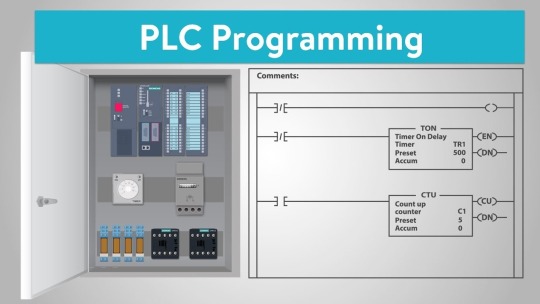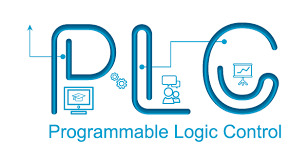Text
The Basics of PLC Programming: A Comprehensive Guide

If you're interested in the field of industrial automation or looking to enhance your skills in the industry, PLC programming is a crucial skill to possess. Programmable Logic Controllers (PLCs) are widely used in manufacturing and process control systems, and understanding how to program them is essential for ensuring efficient and reliable operation.
In this comprehensive guide, we will explore the basics of PLC programming, covering key concepts and providing valuable insights for beginners in the field.
1. What is PLC Programming?
PLC programming involves creating a set of instructions that control the behavior of a programmable logic controller. PLCs are used to monitor inputs from various sensors, process that data, and execute specific actions based on pre-defined logic. By programming a PLC, you can automate complex industrial processes, making them more efficient and reliable.
2. Why Learn PLC Programming?
PLC programming offers numerous benefits in the industrial automation realm. By acquiring this skill, you can:
Improve productivity: PLCs enable automation, reducing manual labor and increasing overall productivity.
Enhance efficiency: Automation minimizes human error and optimizes processes, resulting in higher efficiency levels.
Facilitate troubleshooting: Understanding PLC programming allows you to diagnose and fix issues efficiently, minimizing downtime.
Expand career opportunities: PLC programming expertise is in high demand, with many industries seeking professionals with these skills.
3. PLC Programming Training Courses:
To learn PLC programming effectively, it's essential to enroll in specialized training courses. These courses provide a structured curriculum, hands-on exercises, and expert guidance. Here are a few key aspects to consider when choosing a PLC programming training institute or center:
Comprehensive curriculum: Look for a training program that covers both theoretical concepts and practical implementation.
Experienced instructors: Ensure that the training institute has qualified instructors with industry experience to guide you effectively.
Hands-on practice: Practical exercises and projects are crucial for gaining proficiency in PLC programming.
Industry relevance: Verify that the training course aligns with current industry standards and practices.
Certification: Opt for courses that offer certifications upon completion, as they enhance your credibility in the job market.

4. Key Concepts in PLC Programming:
Ladder Logic: Ladder Logic is the most commonly used programming language for PLCs. It employs graphical symbols to represent logic functions and control sequences, making it easy to understand and implement.
Inputs and Outputs: PLCs interact with the physical world through inputs (sensors) and outputs (actuators). Understanding how to read inputs and control outputs is fundamental in PLC programming.
Programming Instructions: PLCs execute a set of instructions to perform desired operations. These instructions can include timers, counters, mathematical operations, logic gates, and more.
Program Execution: PLC programs are executed in a cyclical manner. The PLC scans inputs, processes logic, updates outputs, and repeats the cycle continuously.
5. Programming Tools and Software:
PLC programming software provides an interface to create, edit, and debug programs. Familiarize yourself with popular software tools such as Siemens TIA Portal, Allen-Bradley RSLogix, or Schneider Electric Unity Pro, as they are widely used in the industry.
Conclusion:
PLC programming is an essential skill for individuals aspiring to succeed in the field of industrial automation. By learning the basics of PLC programming, you open up a world of opportunities to streamline processes, enhance productivity, and contribute to the advancement of various industries. Enroll in a reputable PLC programming training institute or center, explore the key concepts, and start your journey towards becoming a proficient PLC programmer.
#plc-programming#learn plc programming#plc programming training#plc programming courses#plc training course in india
3 notes
·
View notes